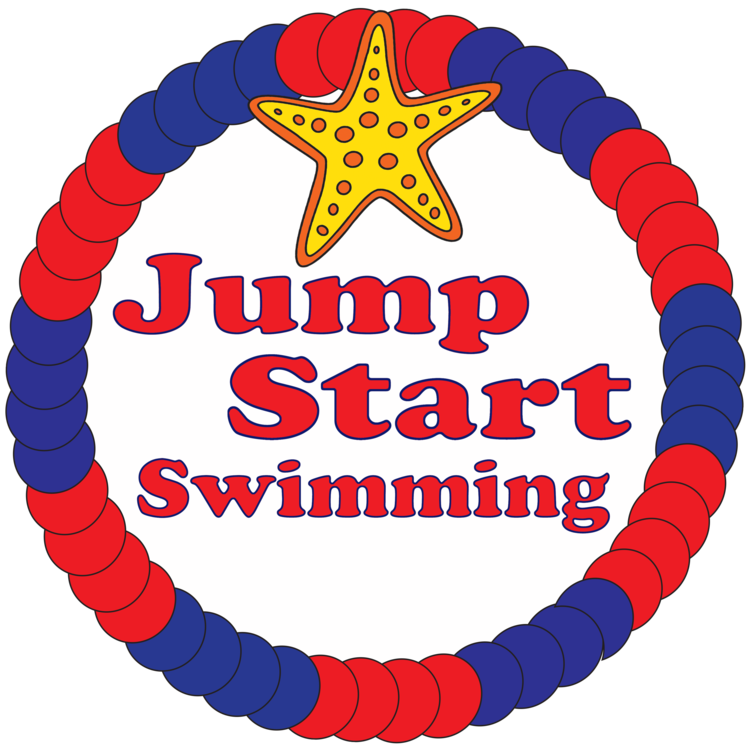Three Fun Exercise Ideas for Those Living with a Disability
For those dealing with a physical disability, the idea of exercise may seem daunting or even impossible. Not only can exercise be a scary prospect for someone with a disability (pain, fear of failure, etc.) but many feel as if they will be limited to the point that it’s not even worth it. What’s the point of making an attempt at physical activity if it’s going to be so incredibly boring?
The good news is that there are plenty of ways to get a good amount of exercise that aren’t that limiting to those with a disability. Here are some great options.
Swimming
Any list of fun, moderately strenuous exercises for those with a disability must begin with swimming. Water allows people with all sorts of physical disabilities the chance to do things that they cannot do on land. Swimming not only has physical benefits but it can also be a great stress-reliever and method of finding relaxation for those who may also have mental health disorders.
“Swimming is particularly valuable for people with disabilities, since the water allows them to move without assistance, an important discovery and experience for anyone with a disability,” notes MyHandicap.com. “Swimming has a very high psychological and therapeutic value for people with disabilities since the buoyancy relieves the strain on the body, allows them to move without assistance and stimulates all vegetative functions.”
Gardening
Gardening is well-known for its therapeutic value, as it’s one of the best stress-relieving and mood-enhancing hobbies you can participate in. But did you know that gardening can actually provide a pretty solid workout - even for those with disabilities?
“There are many ways you can alleviate or reduce some of the physical challenges that come with the territory, regardless of whether you suffer from arthritis, back pain or are confined to a wheelchair,” notes HGTV.
There is plenty of adaptive gardening equipment that makes it easier for those with disabilities to participate, including adaptive shears, rakes, and digging equipment. Those that have trouble kneeling can use short stools. Gardening is set up well for sitting on the ground and working, so it meshes well for those with lower body disabilities. The upper body and aerobic workout provided by many of the essential gardening tasks can burn upwards of 300 calories per hour - as much as walking!
Adaptive sports
If you think that traditional sports - from solo to team to even extreme - are off limits to you because you have a disability, then think again. Advances in technology have opened the door wide to those with disabilities who want to experience the thrill of sport.
If you live in a big city, it’s highly likely that there are dozens of adaptive sports leagues for sports like basketball, volleyball, tennis, hockey, and handball. Adaptive sports are basically traditional sports that have been altered in some way - either in terms of rules or equipment involved - to accommodate those with disabilities.
And when it comes to more extreme sports like surfing, skiing, and watersports (kayaking, canoeing, etc.) there is a lot of equipment out there to help.
When it comes to getting the recommended amount of physical activity, your disability is only as much of a hindrance as you let it be. There are plenty of interesting, thrilling exercise options out there if you are willing to do a little bit of research and invest in some tech/supplies. You’ll find that, with exercise, you will see a boost not only to your physical health, but to your mental wellness as well.
Written By: Travis White (Learnfit.org)



